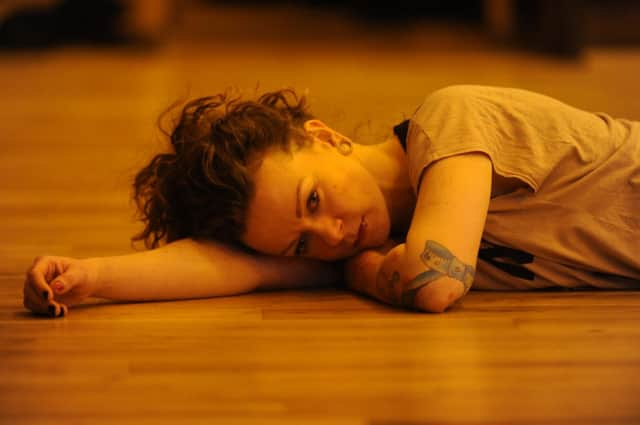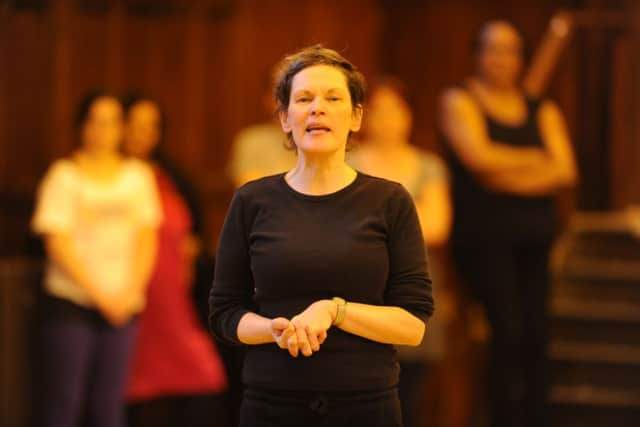Dance review: Glory, Glasgow


The flip side, however, is that they – like dancers – are somehow “other” to the rest of us.
Which is perhaps why choreographer Janice Parker’s new large-scale ensemble work, Glory is so unremittingly powerful. The 36 performers are real people, living real lives, who just happen to be on stage showing what hard work, commitment and team work can produce.
Advertisement
Hide AdSplit into two halves, the first 30 minutes of Glory are all about scene-setting. In four groups, we are led around Tramway to observe the performers’ warm-up routine; peer into their dressing rooms, where flowers, good luck cards and family photos hint at the home lives of those we are about to encounter; explore the set; and learn how to be a good audience from a lively hula-hoop artiste.


It’s a warm and inclusive start that leaves us eager to meet the participants who signed up for Parker’s ambitious project, the first in the Glasgow 2014 Cultural Programme.
And what a meeting it turns out to be. Surrounded by Richard Layzell’s mobile set (inspired by the athletes’ village), and MJ McCarthy’s beautiful score, rich with a myriad of emotions, the performers – most of whom have never danced before – give of themselves entirely.
The sheer humanity of the piece is astounding, as through a series of simple movements they skilfully negotiate the space and connect with one another.
At first finding comfort in the security of Layzell’s house-like structures, they soon venture out into the world.
There, they start to build relationships, by finding new and interesting ways to touch each other – a hand finds the back of a neighbour’s leg, an elbow meets a shoulder.
Advertisement
Hide AdBut it is the more delicate, tender moments that really hit home. Finding partners, they take it in turns to rest their heads in each other’s palms. Or one performer picks up another and carries them across the stage, before gently lowering them to the floor.
The movements may be the dancers’ own, but Parker’s clever structure, faith in their individual abilities and overall vision clearly leads the way.
Taking part in her show, each performer has found their own private glory – and it’s a privilege to share that moment with them.
Seen on 06.03.13